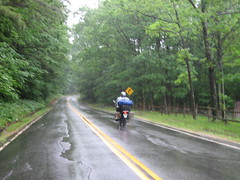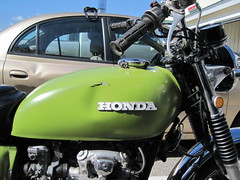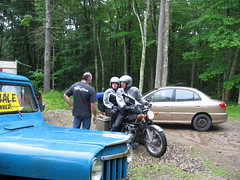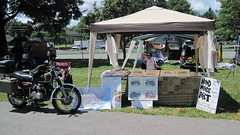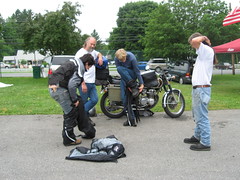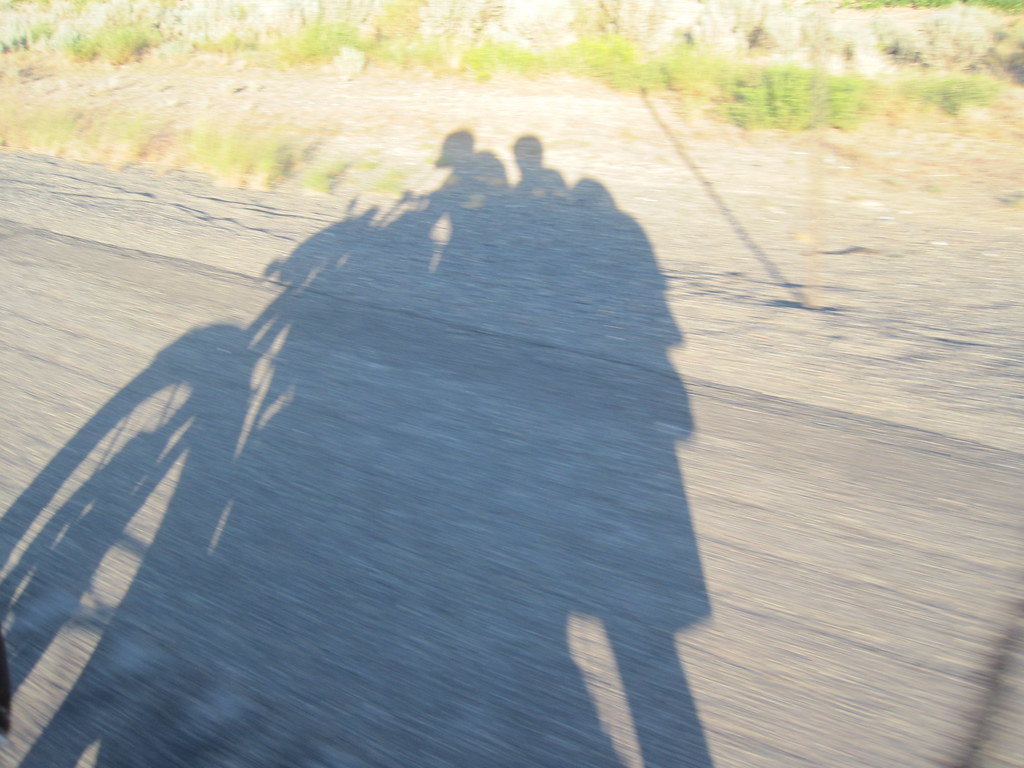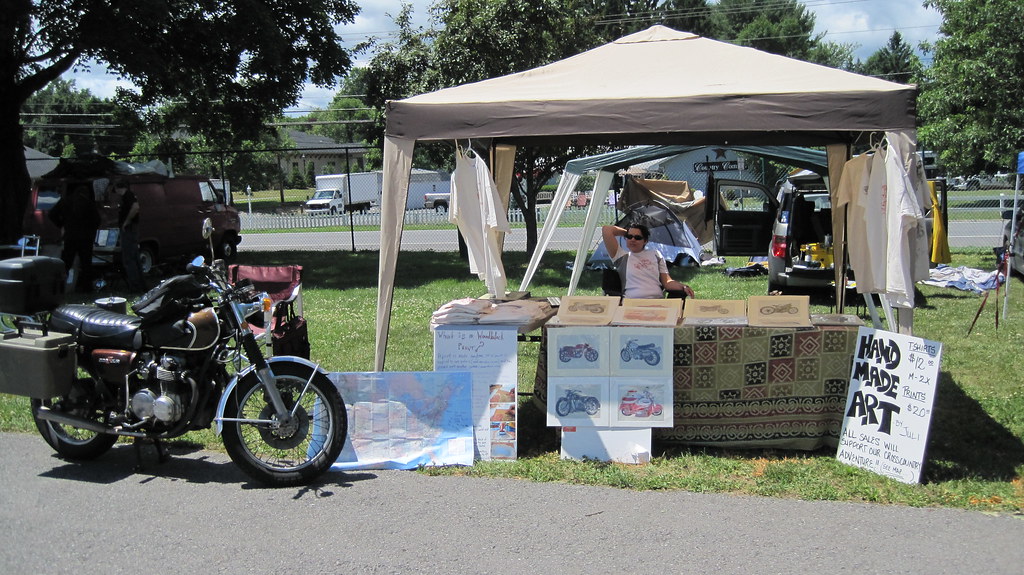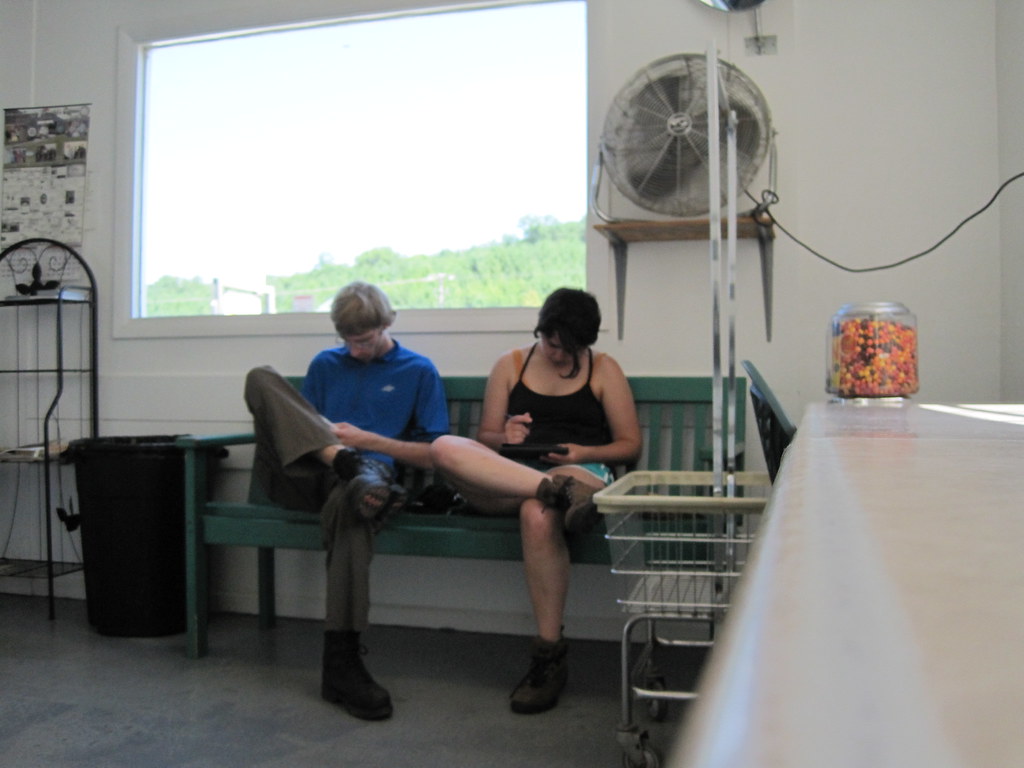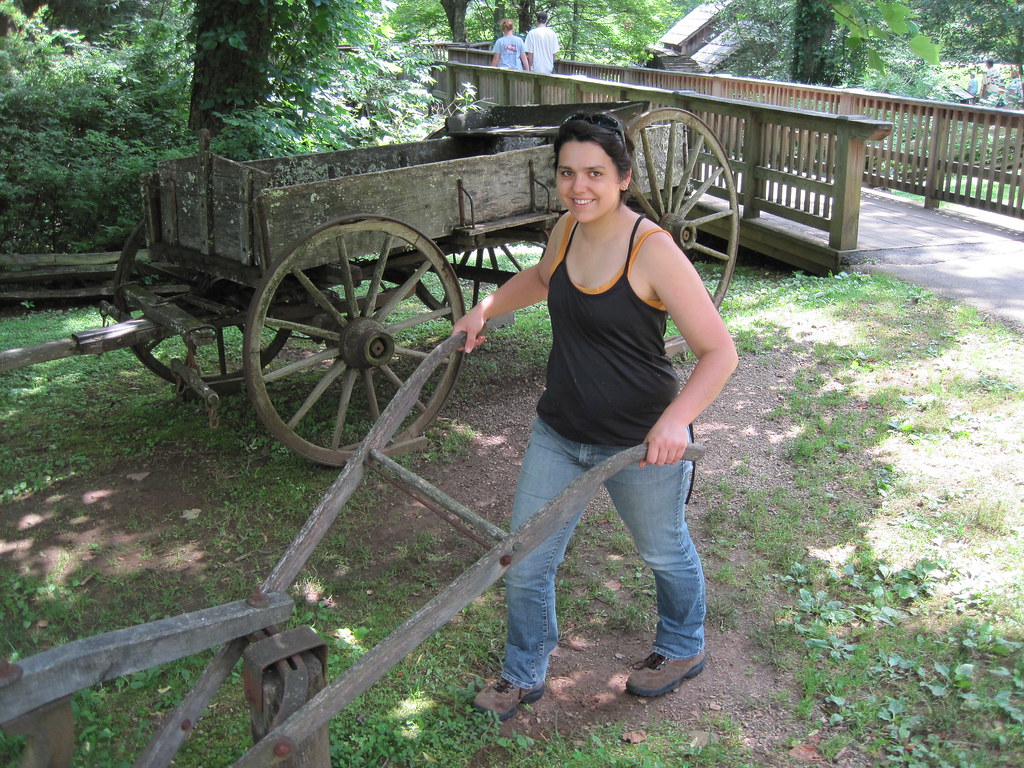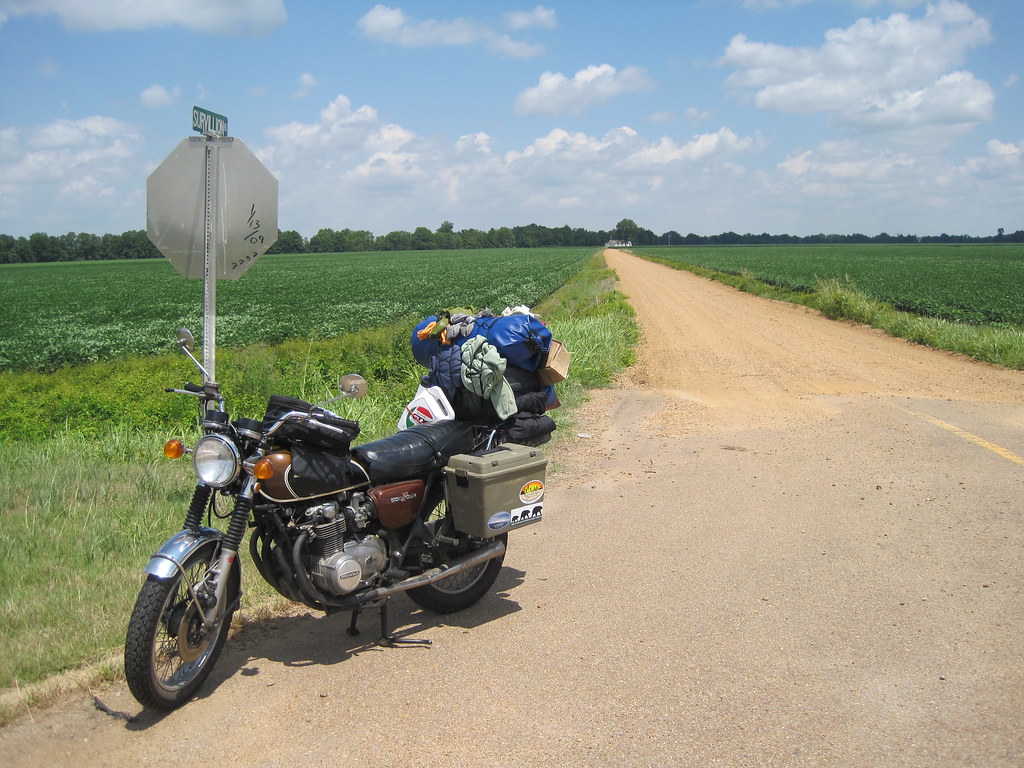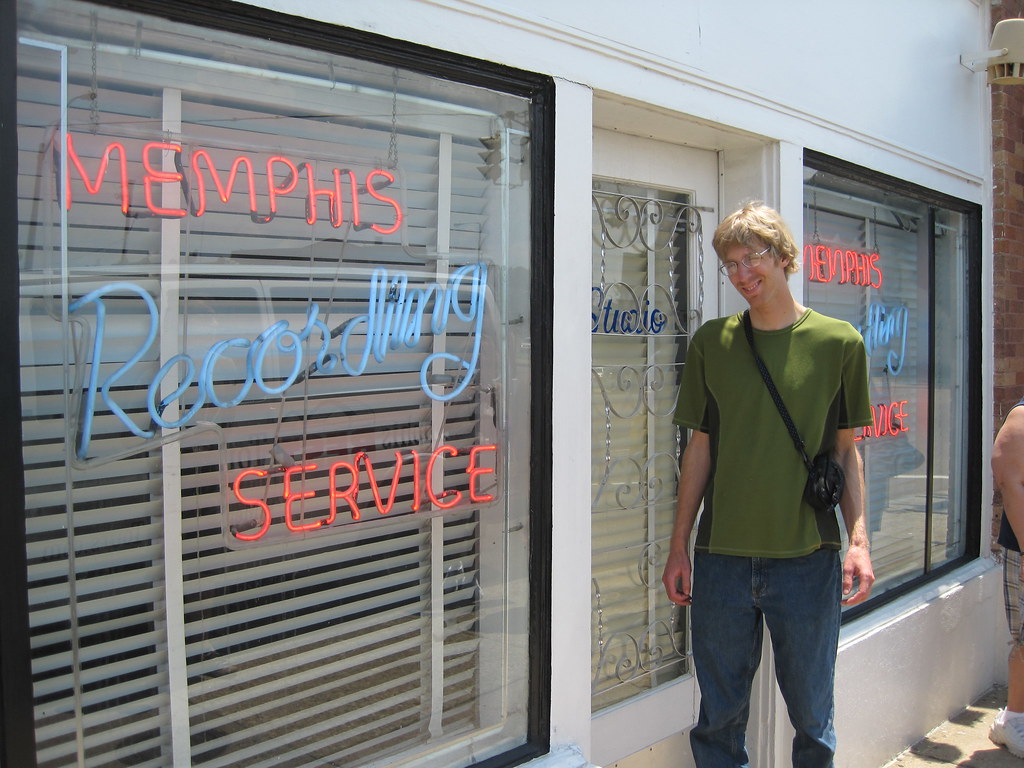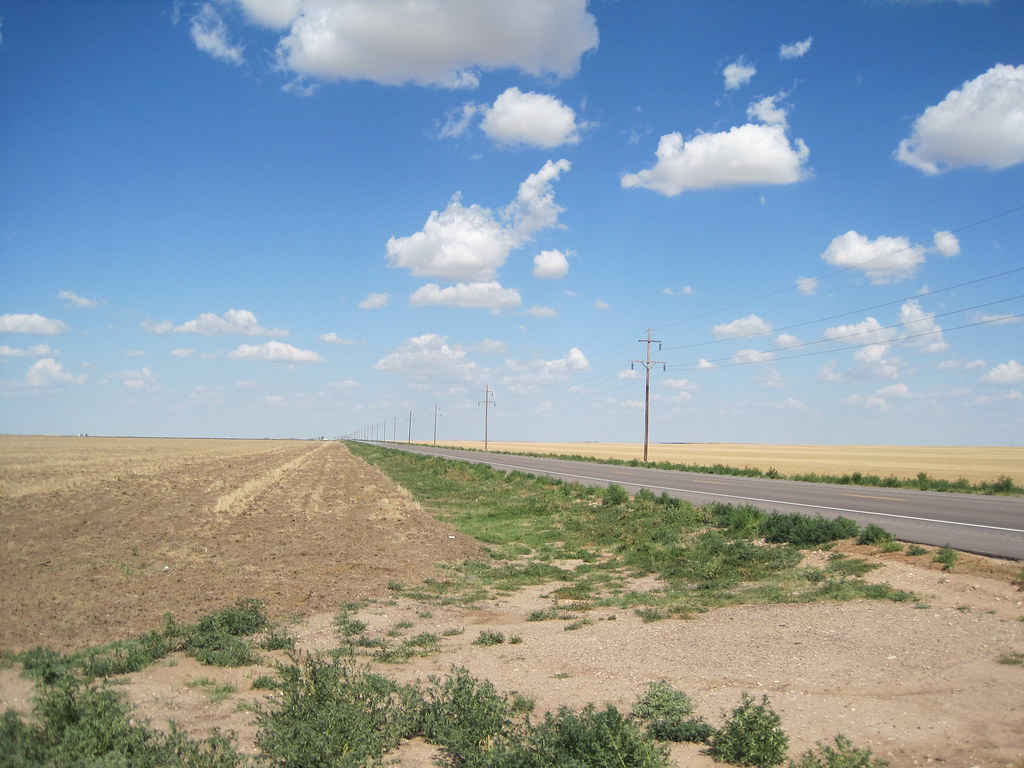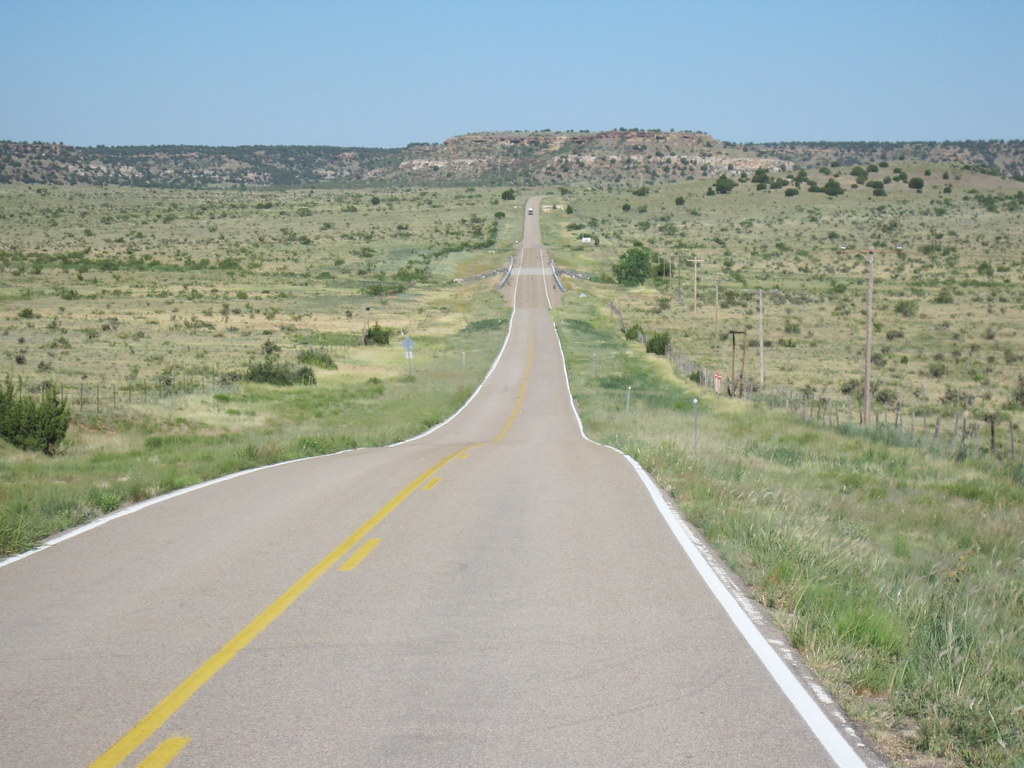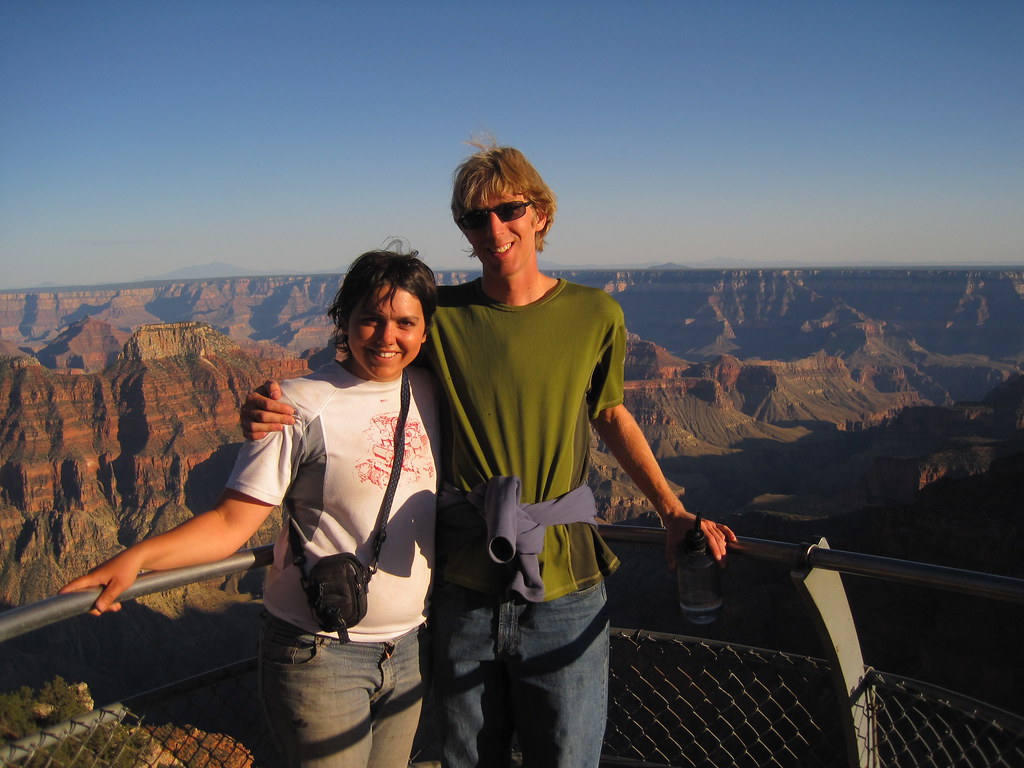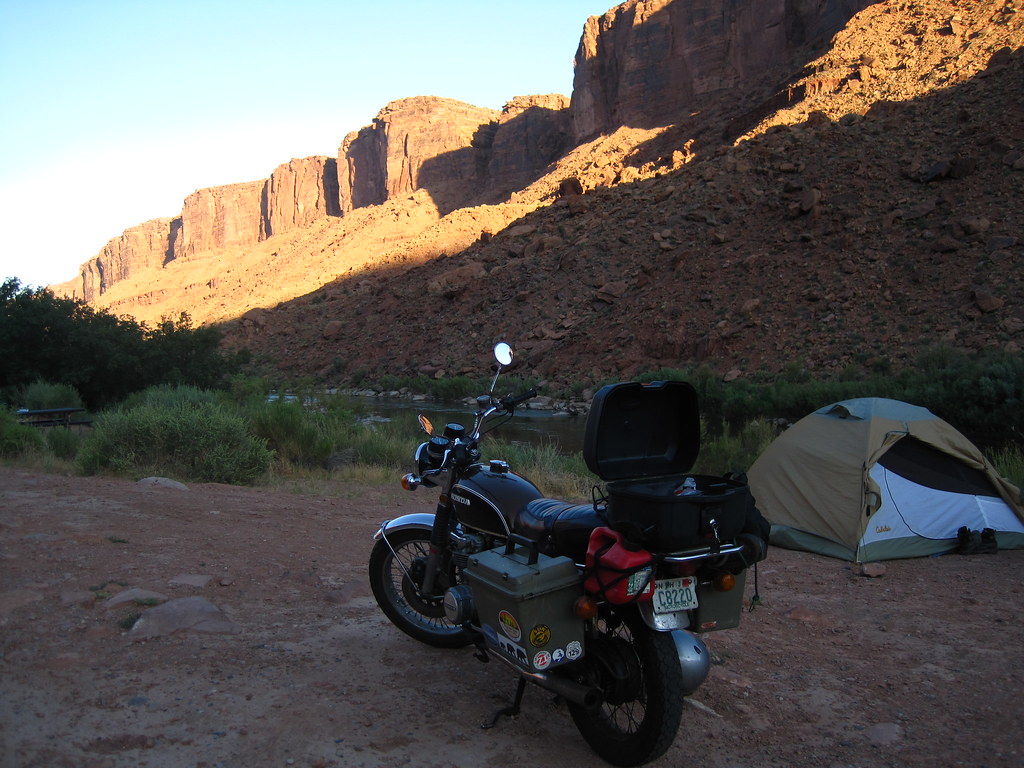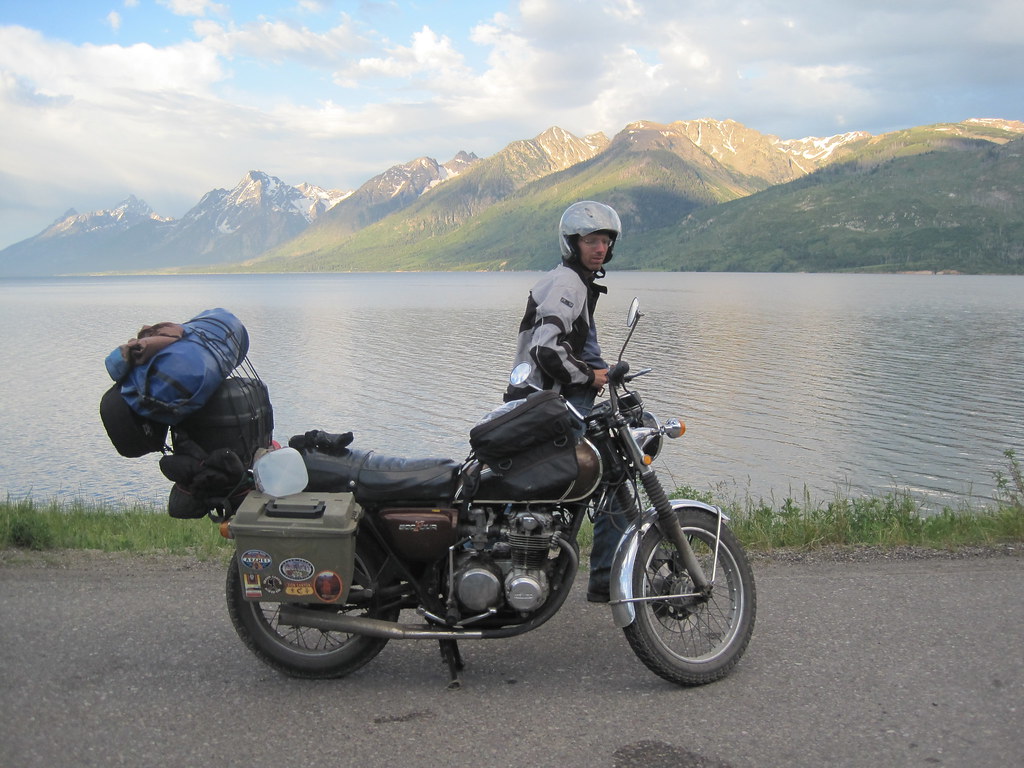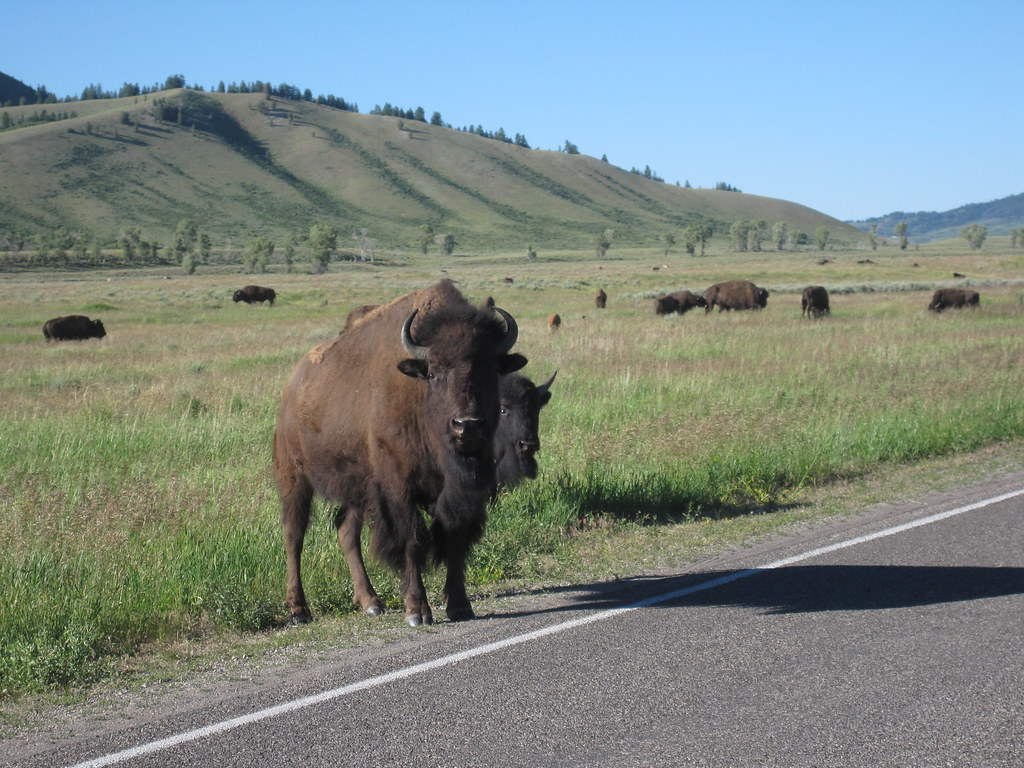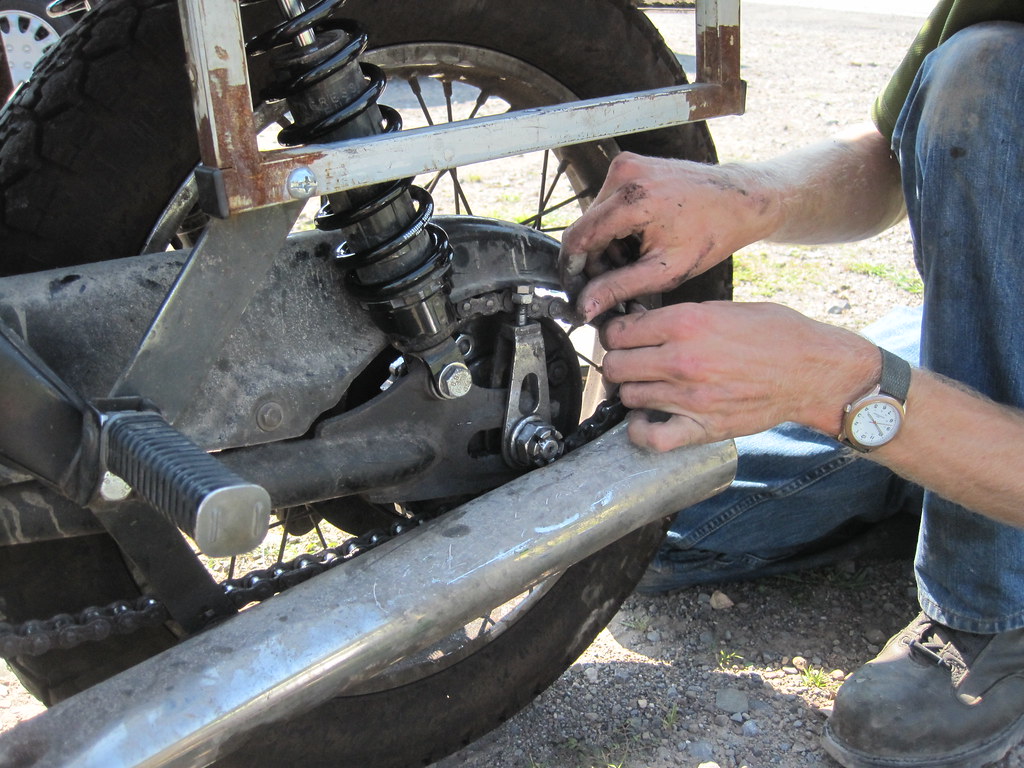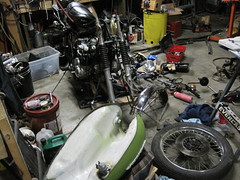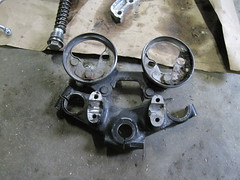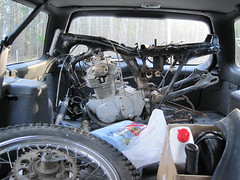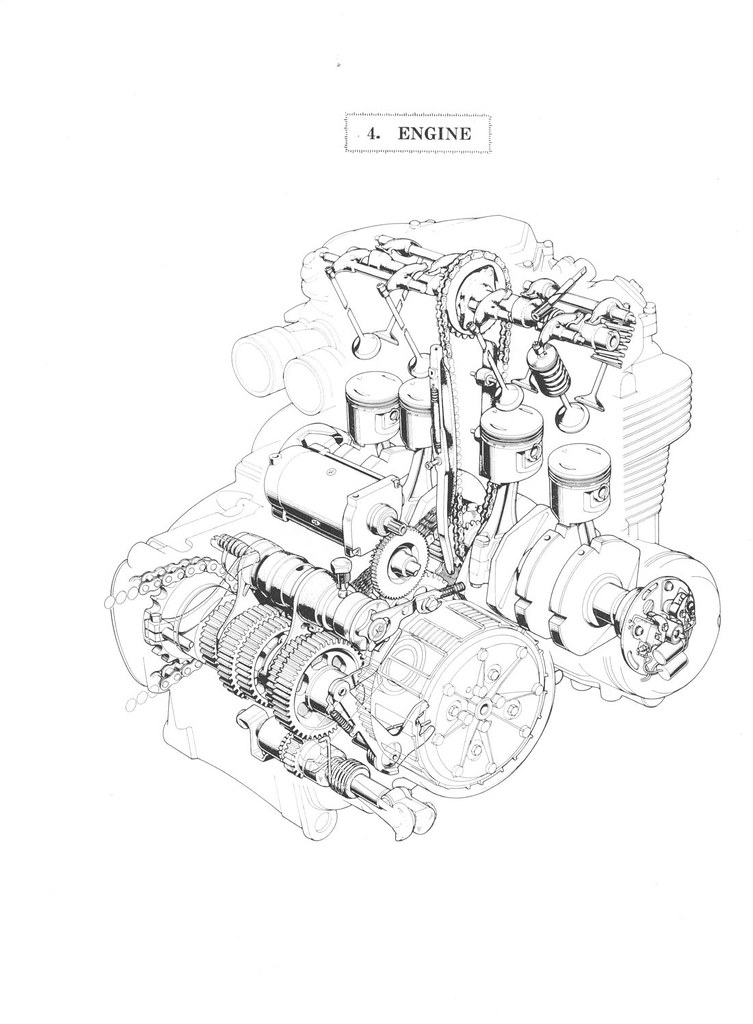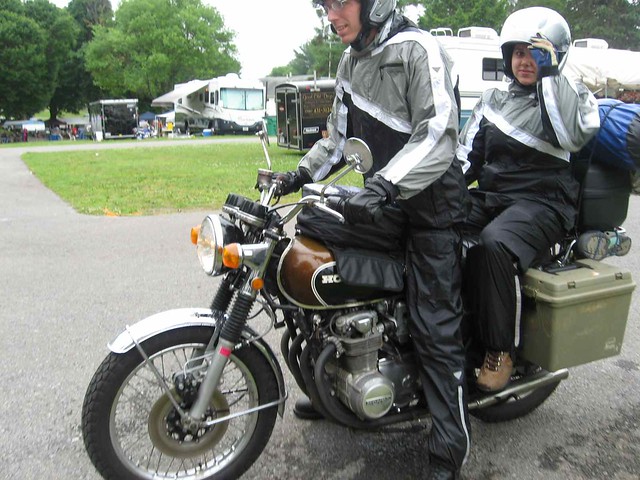 |
| Sunday, June 13. Suited up, about to pull out of Rhinebeck. |
Last post, we left off describing our departure from New Hampshire, the trip to Rhinebeck, New York, and the vintage bike show there where we spent the whole weekend. Things were crazy up through this point in time. We'd ridden the approximately 250 miles from our home to Rhinebeck on highways and big roads through heavy rain. Thursday night when we finally arrived at Rhinebeck, the gates were closed and we had to spend the night in the field outside the fairgrounds.
During this leg, my dad and his girlfriend were following behind in their car, as they would be helping us at Rhinebeck. In fact, we'd turned the weekend into a family outing as my two brothers and their significant others also made the trip out to the show. We all had a great time and Julianne and I were grateful to have a chase vehicle for the beginning of the trip, especially with the bad weather. Despite receiving a thorough soaking, the old Honda proved itself on this leg and ran the distance, at highway speeds, with luggage and a passenger, and without missing a beat.
Not that this leg did not have its challenges. This was literally the first time we'd ridden together with the bike fully loaded. We'd intended to do some short practice trips, but read the previous post and you'll see why it never happened. So I had to learn very quickly how to handle the weight, and the poor performance of that single, solid disc brake when it's wet!
Nevertheless it was a great ride, and we weren't phased. By the end of the weekend we were excited to take off, and that we did.
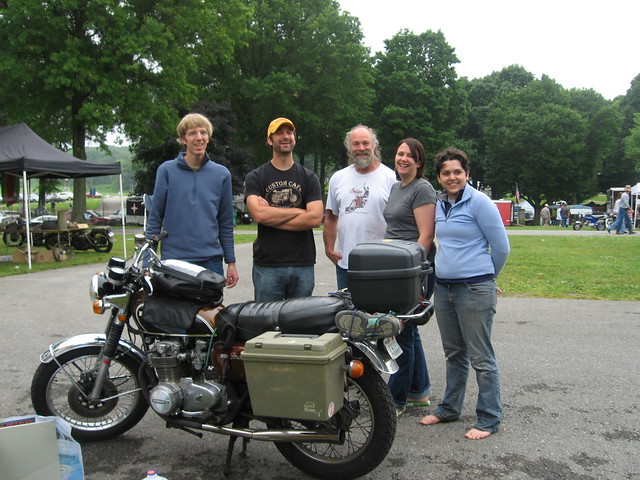 |
| Family photo before leaving Rhinebeck |
June 13, 2010
Sunday afternoon, after enjoying ourselves at the vintage bike show, Julianne and I suited up and headed out for the trip! Rhinebeck is right on the Hudson River, and crossing the river was a big milestone for me. We crossed the river at Kingston and followed Rte. 209 all the way to the Delaware Water Gap. This was a very pleasant ride through pretty rural country. At a gas station we saw a group of bikers with a trailer who were headed up to bike week in Laconia, New Hamphire. It was funny to see people headed up that way when we were headed out!
We reached Port Jervis, where the Delaware River came through and formed the border between New York and Pennsylvania. We stopped here for a couple of supplies, including a gallon of spring water which we'd bunjee'd to the top of one of our hard cases. I wasn't sure where we were at this point, and asked the girl at the counter how much further until the Pennsylvania border. She must not have understood me because she said about an hour, and it turns out we were within a 1/4 mile of the Delaware River! We crossed it here on the Mid-Delaware Bridge, which is a steel grid and if I may say very slippery on two wheels when it's wet!
We weren't sure which campground we'd end up in in the Delaware Water Gap. We figured we'd ride around, check the place out, and find one. First we continued down 209 and stopped at Dingman's Falls for a short hike to the falls. It was a nice little excursion and we met a very excited couple who'd been told by other visitors they'd just seen a bear go through there!
We were still undecided about where to camp, and decided to cross the river at Dingman's Ferry on an old toll bridge, very cool. I really wanted to check out the Old Mine Road, but we couldn't find it right away. So we continued south and through the beautiful water gap area. We did find a bit of the Old Mine Road, but it turned out to be gated a mile in.
Well, we wound up wandering around the East side of the Water Gap for a good while, seeing deer, rabbits, old farmsteads, and lots of pretty countryside. We wound up getting all turned around and drove into Blairstown, New Jersey. I had to consult the map to see how to get back to the Water Gap, and by now we were short on daylight and needed to find our campsite. I'd had a great time winding through the Water Gap on the old CB500.
So we headed back up to the river on New Jersey Rte. 94, and ended up coming back into the Water Gap from the south end, following 209 north. At this point we were basically looking for any place to pitch our tent and after much wandering and frustration, we passed a "group" campsite off of 209. It had a little road heading down toward the river, and was gated. Well, the Honda just fit past the gate so we rolled on through.
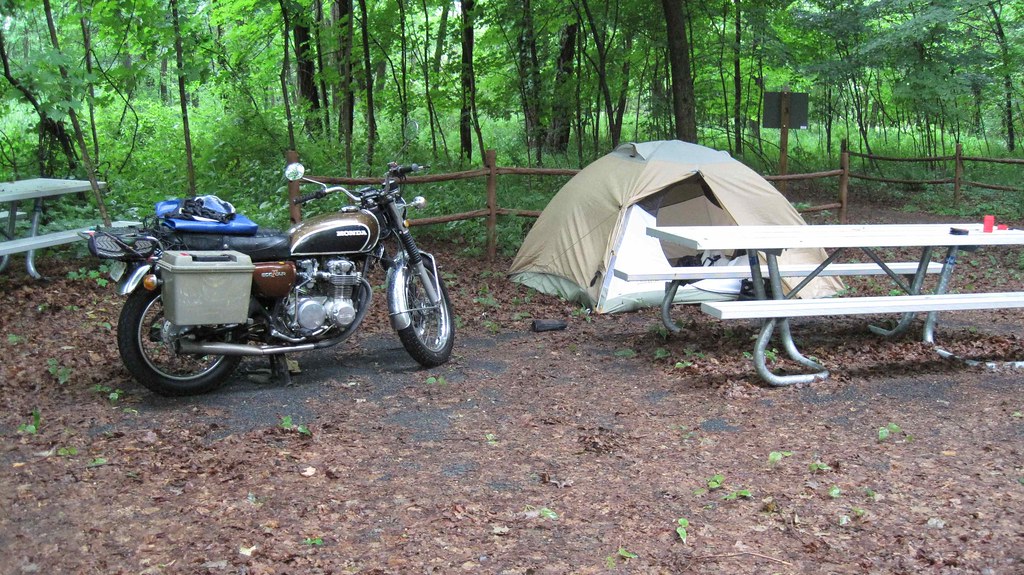 |
| Our Campsite in the Delaware Water Gap |
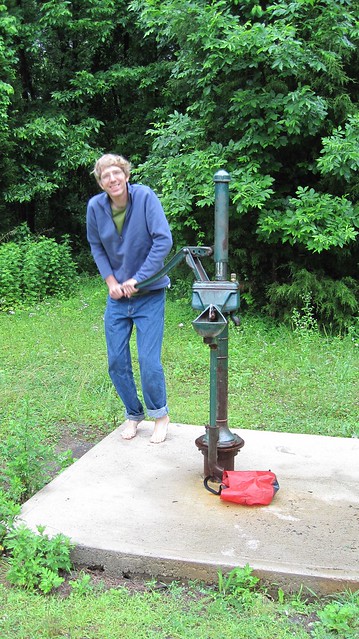 |
| Lucky find, and fun too: a water pump! |
The little road into the campsite was about 1/2 mile, and we motored slowly down it passing a handful of deer. When we pulled into the empty campsite, there were deer scattered about. They eventually scurried off, but they were still nearby.
This campsite was ideal because it was meant for groups, but there were no groups this evening, the site was all ours. But there were bear-proof trash cans, a picnic table, bathrooms, and a water pump! And the site was right by the beautiful river! We lucked out here, even if it was a quasi-legal night! It was still pretty wet that evening, so we put the fly on the tent and prepared a dinner of something canned and some rice, and went to bed around 9:30, by which time we were exhausted! It was a great evening of sight-seeing though, and the roads in the Water Gap area are just a blast on an old motorcycle!
The next day the plan was to head down through most of Pennsylvania, see the Martin guitar factory, cross the Sesquahanna, and end up near or in Pine Grove Furnace State Park. From this point we'd follow the Appalachian Mountains, basically paralleling the Appalachian Trail, all the way to the end of the Blue Ridge Parkway. This proved to be one of the best legs of the trip, and we'd just started out!
Finding this night's campsite did not go too smoothly. Many nights would turn out this way, unfortunately. At first we didn't realize we needed to start looking for a site until it got late, then we'd drive around looking for one and not always find a good (cheap) one. This night we were lucky, and we'd have lots of great nights like this.
Stay tuned for the next installment!
Jeremy B
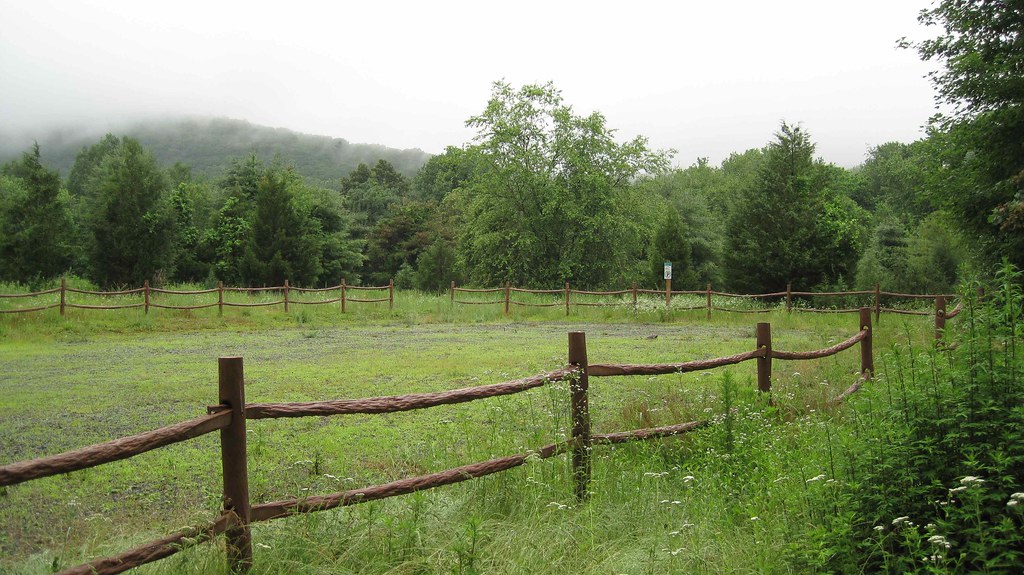 |
The parking area near our Water Gap campsite, across from the pump.
There was a big old snapping turtle hiding in the middle of it before, and plenty
of deer to be seen out in the meadow.
|
